When I first landed in Europe back in 2013, my friend and I did a big road trip in France, and one of the highlights of our journey — apart from the D-Day beaches visit that I loved — was when we visited the medieval walled city of Le Mont Saint Michel (Saint Michael’s Mount)!
Rising dramatically from the sea in the region of Normandy, this is a medieval city, castle, commune, and island all rolled into one! To be precise, it’s a rocky tidal island — which means that it *becomes* an island during high tide only. So ‘normally’, the area is 600m from the mainland that is connected by a natural causeway which is exposed at low tide; but come high tide, this causeway is submerged, thereby making the area an island in itself.
(Today, there is a bridge built to keep the island connected during high tide).
.
This occurrence has been such a mystifying event in the olden times, that Mont Saint Michel became a site for religious worship and eventually, a natural impenetrable fortress. (Speaking of “tides”, this island actually has crazy tidal events which I will, later on, discuss in the post.)
For now, let’s just marvel at how ridiculously beautiful it is… look! In fact, did you know that this was the inspiration for the royal castle of Corona in the Disney Film, Tangled…? Awesome, right?
Le Mont Saint Michel
» About Mont Saint Michel
- It has a population of only 44 people as of 2009.
- A UNESCO World Heritage Site as early as 1979, and was also classified as a historical monument in 1874.
- One of the most-visited places in France with over 3 million tourists each year! Naturally, tourism has become the main source of income for the residents in Le Mont Saint-Michel.
- A sturdy fortress as it was built on a rock of pure granite that measured 84 meters in height.
- Its star attraction is the abbey on top. This structure perfectly exemplifies the feudal society that it originally has because on top is the abbey and monastery (which represents God), below will be the great halls, next the stores and houses, and at the bottom outside of the walls, are the houses of fishermen and farmers.
- Just 150 miles off Paris, so if you’re visiting the city of love and lights, don’t forget to stop by Mont Saint Michel too!
» Top Tours
Mont Saint Michel Entrance Tickets
Skip-The-Line Tickets
Mont Michel Full Day Tour from Paris
Full Day Tour from Paris
» History
This place has a long and complicated past, but I’ll try to give you a simplified overview since it’s very interesting to know these things! Surely, it will make you appreciate and understand the structure even more too.
4th to 7th Centuries: As Christianity expanded to the area, Mont Saint Michel was called as Mont Tombe at that time, and was part of the Diocese of the Avranches (the commune in which it is located). Around the 6th century, Christianity had a stronger presence so Mont Tombe became populated by religious devotees, hermits, and even some Celtic monks.
708 AD: As per legend, the diocese or bishop of Avranches, Saint Aubert, had a vision in his sleep wherein Saint Michael (patron saint of sailors) instructed him to build a church on Mont Tombe. He ignored this at first, so Saint Michael appeared to him again… and again (3 times in total!) that Saint Michael finally bore a hole into Aubert’s skull with his finger and ordered him to complete the task.
…Realistically speaking, Aubert should have died from this but legend has it, he survived and you bet that he built the church after going through such an ordeal! (His skull with a hole can be seen in the Saint-Gervais Basilica in Avranches, and as per science’s inspection, this skull seems to be a relic that shows evidence of trepanation or a surgical invention in the ancient times.)
October 16, 709 AD: The small church was finished and Saint Aubert dedicated it to St. Michael. …Naturally.
710 AD: Mont Tombe was renamed Mont Saint Michel au péril de la Mer or “Mount Saint Michael at the peril of the sea”. From this point onward, several things happened such as that of Vikings capturing Mont in 847 which drove the monks away and gradually made its inhabitants drift away from their religious life.
966 AD: The Duke of Normandy, Richard 1st, permitted the Benedict monks to settle in Mont with an aim of returning the city into a more monastic life. This sparked the founding year of the Mont Saint-Michel abbey as they built the pre-Romanesque church of the abbey.
13th to 15th centuries: The Hundred Years’ War in England commenced with the Duke of Brittany leading the siege to Mont Saint Michel. The Mont held out for 30 years! The Duke massacred the village but it failed to conquer the abbey due to its stoned fortifications (but fires have damaged some abbey buildings significantly).
The King of France set forth reparations for this and gave a grant for the construction of a new Gothic-style set which added a cloister and refectory called the “Merveille“.
17th to 18th centuries: By the time of the French revolution, the abbey was closed and converted into a prison which led Mont Saint Michel to more deterioration. This prison was finally closed in 1863 and from then on, various efforts of restoration to this architectural wonder were started. These efforts bore fruit when it was regarded as a historical monument in 1874.
» Things to Do in Mont Saint Michel
— Walk Through and Explore
There are several highlights to see right from the moment you step into this wonder. First, the Burgher’s Guardroom which is now the Tourist’s Office. Next will be the King’s Gate which is fortified with a portcullis — I really loved this because it was the next best ‘medieval introduction’ after I first saw Mont Saint Michel from the distance!
After this entry, you will then be in front of Grand Rue which is the main street of this city, and it is by this point that you will witness the narrow and charming streets of Mont Saint Michel! (This is a 200-meter paved pathway that climbs progressively to the top).
Dating back to the 15th and 16th centuries, the houses and shops in this scene made me feel like I was in Diagon Alley of Harry Potter! It was crowded though, that’s for sure, but the overflowing number of tourists helped materialize this ‘vision’ and feeling even more. Don’t you agree?
What’s next to this is that close to the St-Pierre parish church, you will see the Grand Degré staircase that has 350 steps leading to the Abbey. This will be quite a climb and unfortunately, there are no elevators. Therefore, in a way, Mont Saint Michel isn’t so friendly for disabled people.
But before you go up to the Abbey, feel free to walk around and get lost! This island is not such a big area in itself so take your time and explore the side streets.
— Visit the Abbey
This is divided into 2 parts. First is the church which three crypts were built: the Trente-Cierges chapel (under the North wing), the choir crypt (to the East), and Saint-Martin chapel (under the South wing).
Second is the “Merveille” or monk’s living area which is further subdivided into two parts: the East and the West. The East side was built first and has 3 rooms: the chaplaincy, the host’s room, and the dining hall, whereas the West side was built seven years later with 3 rooms too: the wine cellar, the Knights room, and the cloister (garden quadrangle).
NOTE: You can tour this area by yourself, or you can also take guided tours for 1 hour. The abbey is open every day except January 1, May 1, and December 25, and tickets can be bought at the entrance at the following rates:
- Adults: €9
- 18-25: €5.5
- Under 18: Free of charge
- Groups (min.20): €7
- To book: Go online to get discounted tickets
— Visit the 4 Museums
- Archeoscope – To discover more about the history and the construction of Mont Saint-Michel
- Maritime and Ecology Museum – I did mention how this place has a thing about tides, so in this museum, you will learn more about the maritime character of this tidal island.
- Museum of History – Focuses more on the medieval years of Mont Saint-Michel. In here you will see collections of weapons, art, as well as historical materials about how it used to be a prison and dungeon.
- Tiphaine’s House – The residence of Bertrand Duguesclin, Breton knight and French military commander during the Hundred Years’ War, which he built in 1365 for his wife Tiphaine.
— Try the City’s Unique Giant Soufflé Omelettes
These giant soufflé omelets are developed by the famous restaurant and hotel, La Mère Poulard, that dates back to 1879 and of which famous personalities have dined in in the past (e.g. Ernest Hemingway and Yves Saint Laurent).
TRIVIA: It is said that this fare was ‘invented’ during the 80s to make customers stay longer despite the tide!
» The Tides
As a tidal island, its tides can vary greatly with up to 15 meters of difference between low and high water — imagine that! To add, this difference can only be about six hours apart.
However, there has actually been an event last March 20, 2015, when an exceptionally high spring tide happened (as caused by the ‘supermoon’) which resulted in a wall of water that was as high as a 4-story building! This literally cut off the Mont Saint Michel island, and this has become the highest sea level in the area. (Due to copyright issues, I can’t share the photo here on my blog, but head on to this article and you’ll see photos of this happening!)
CAUTION: Do NOT attempt to make your way to Mont Saint Michel by any other route other than the causeway or bridge! The terrain surrounding the island consists of deep mud and quicksand; add the fact that the sudden tide can trap or drown you. If you really want to cross the sand, it’s best to take an experienced guide with you and check the tidal information. Otherwise, you’re free to explore the area near the island; still and the same, take caution and take note of tide times.
• • •
Travel Guide
» Where to Stay
There are a few hotels within Mont Saint Michel that you can book into; however, it’s helpful to note that since this is a highly isolated touristy area, the prices of these accommodations can be quite expensive (especially with the high demand as there are only a few hotels in this small island). So…
MY TIP: It’s best to NOT book your stay within the walls. Try to find accommodations elsewhere around the area and just make your trip to Mont Saint-Michel a day trip.
» How to Get to Mont Saint Michel
By Car. This is the cheapest and easiest way, but the ‘con‘ side of it is that there can be a queue to the car park. To get here from Paris, it will take about 4 hours. Just follow the road signs to Normandy, and once within the region, take the A84 from Caen that heads southwest until you reach Avranches. From there, merge into D43 and follow the road signs that lead to Mont St. Michel.
By Train & Bus. From Paris, you have two options with the TGV or Train à Grande Vitesse.
- Paris to Rennes which is 55km south of Mont St. Michel for $70 or €56 (takes 2 hours). Upon arrival, there are buses (Keolis Emeraude) that depart four times daily (timed with the arrival of the train).
- Paris to Pontorson which is 9km away from the island. From there you can take bus #15 to Saint Michel from the station.
By Plane. The nearest airports are in Rennes and in Dinard Pieurtuit International Airport in Saint-Malo (located about 70 km from Mont Saint Michel).
• • •
Booking Essentials
TIP: It’s a good idea to crosscheck the prices with other popular travel insurance providers like World Nomads and HeyMondo (as my reader, you get 5% off)!
.
However, take note a travel insurance’s affordability typically means lesser coverage; so please always ensure that you read the fine print in order to decipher which travel insurance company is the right fit for you and your trip!
Looking for more travel tips for France?
Check out my other detailed France travel guides!
• • •
Overall
Our trip to this medieval city was absolutely magical and I bet that the photos above can speak for themselves!
Now, of course, this is a touristic place — that’s a fact, but don’t let that keep you from visiting. Besides, you can choose the low season months (November to February) for your time of visit in order to avoid the crowd.

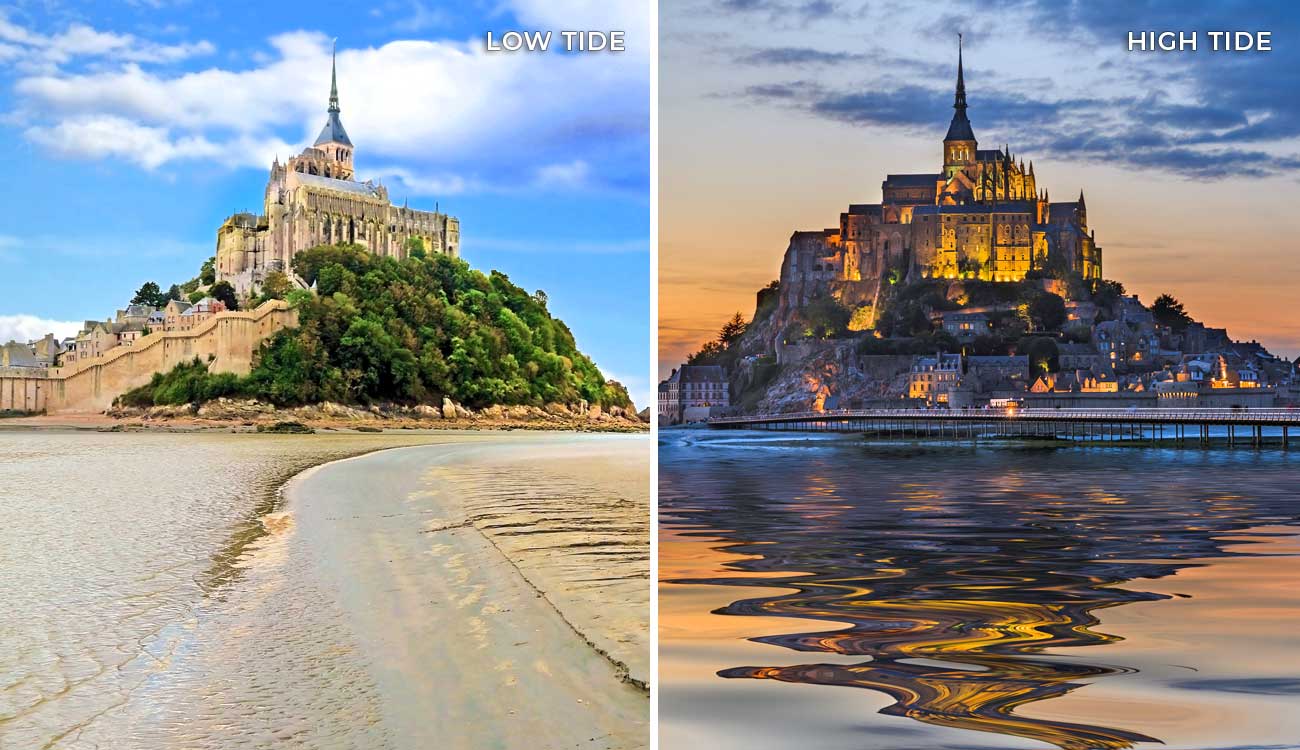

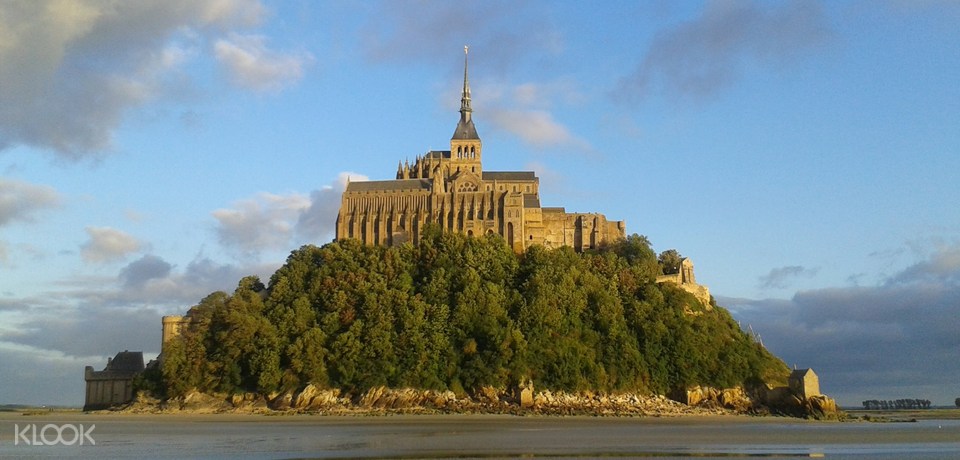
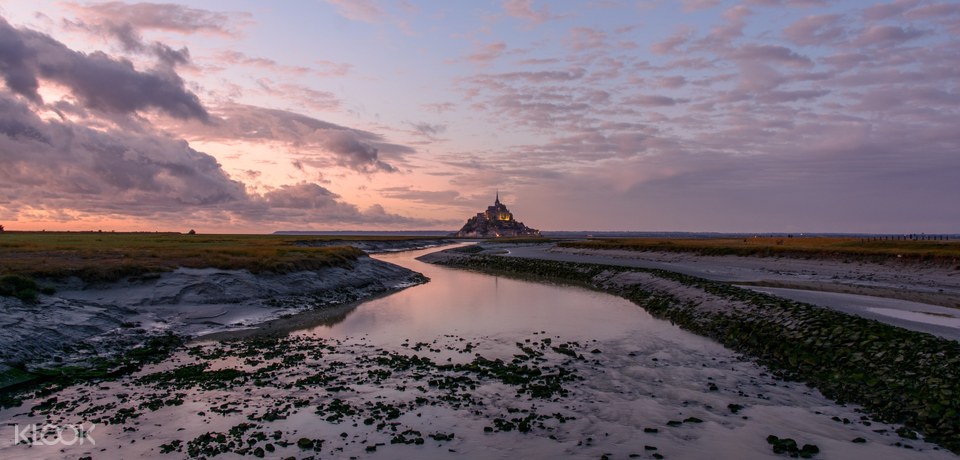

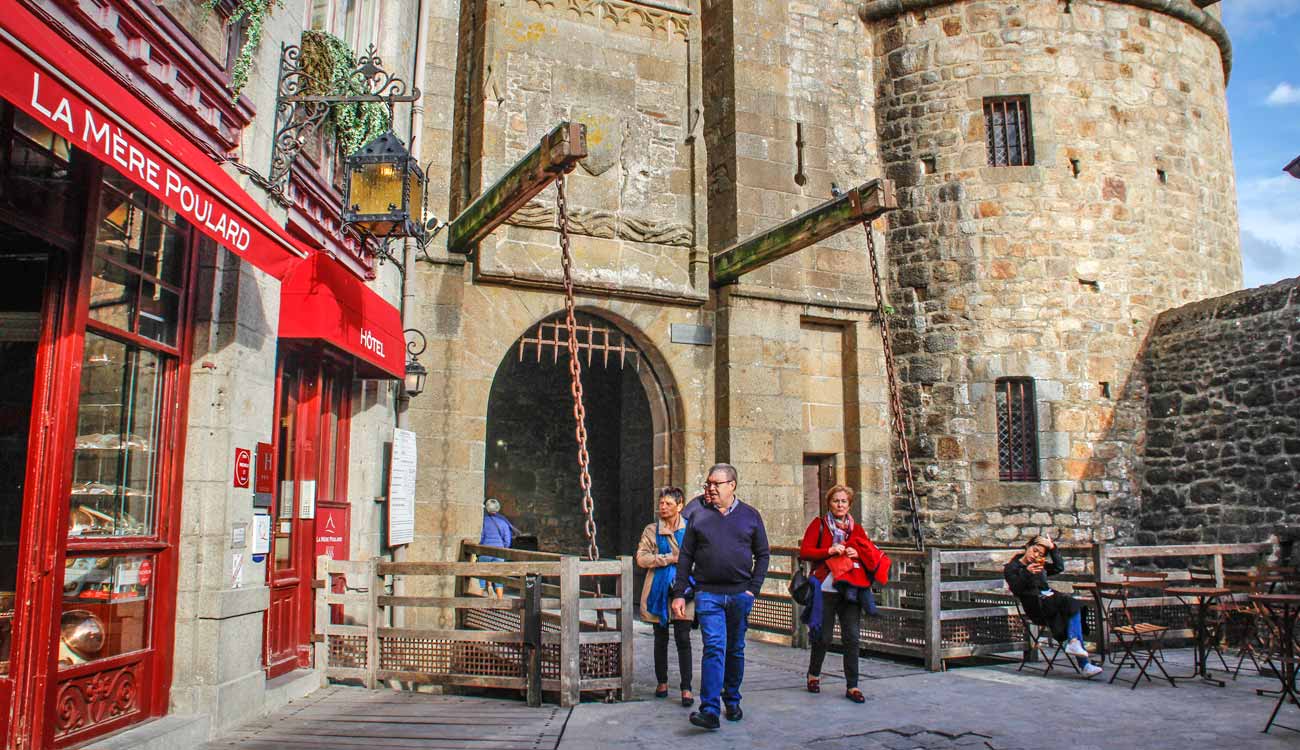
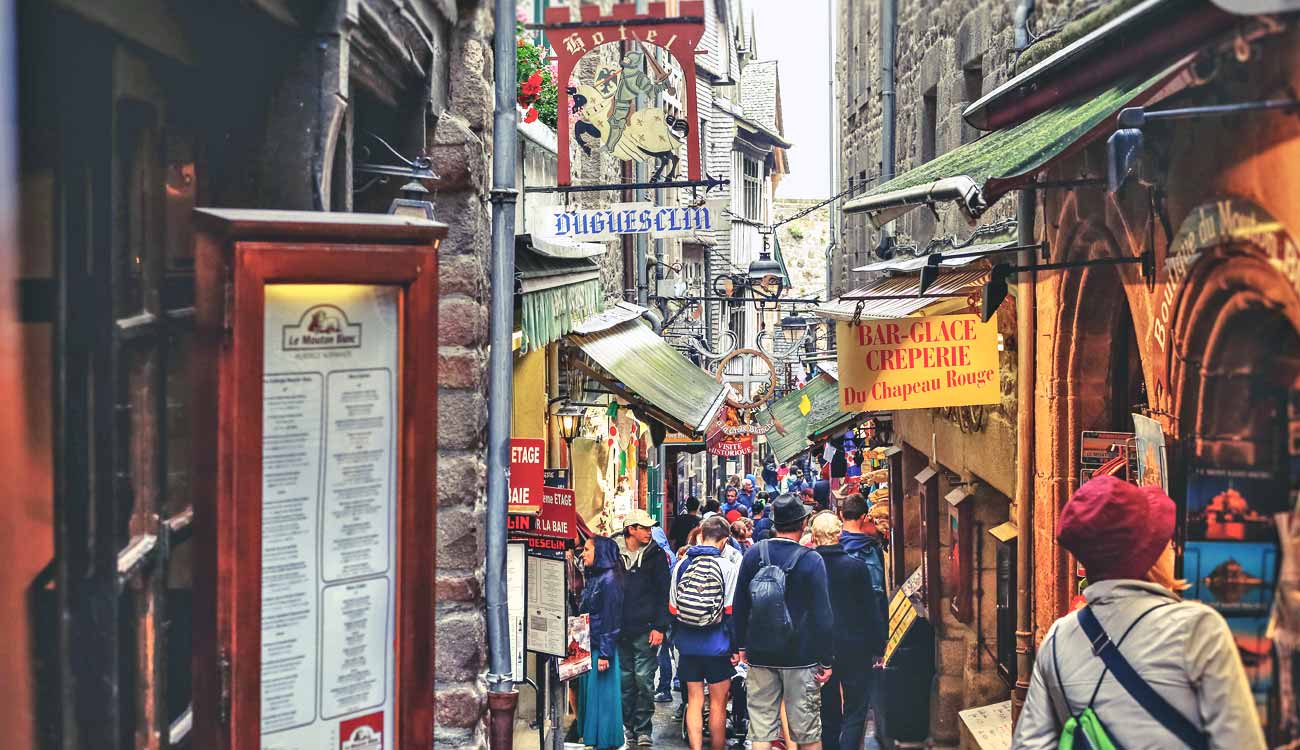
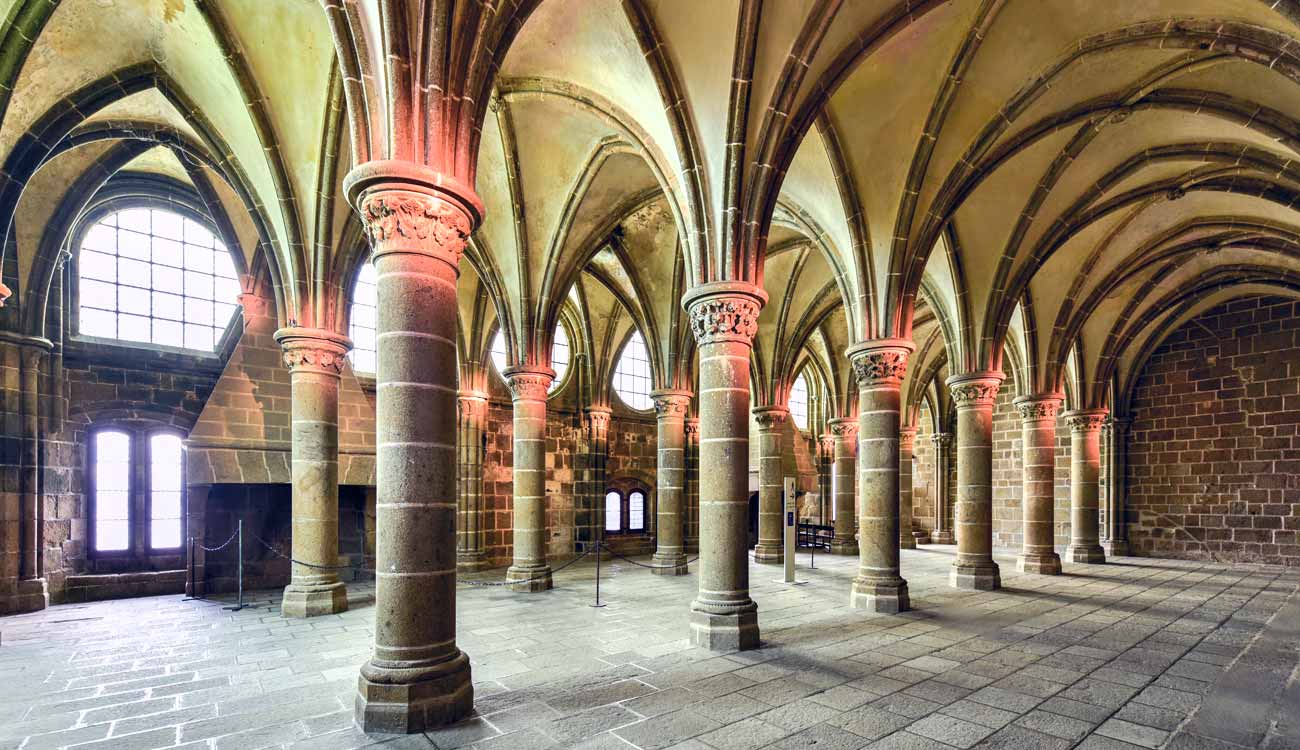
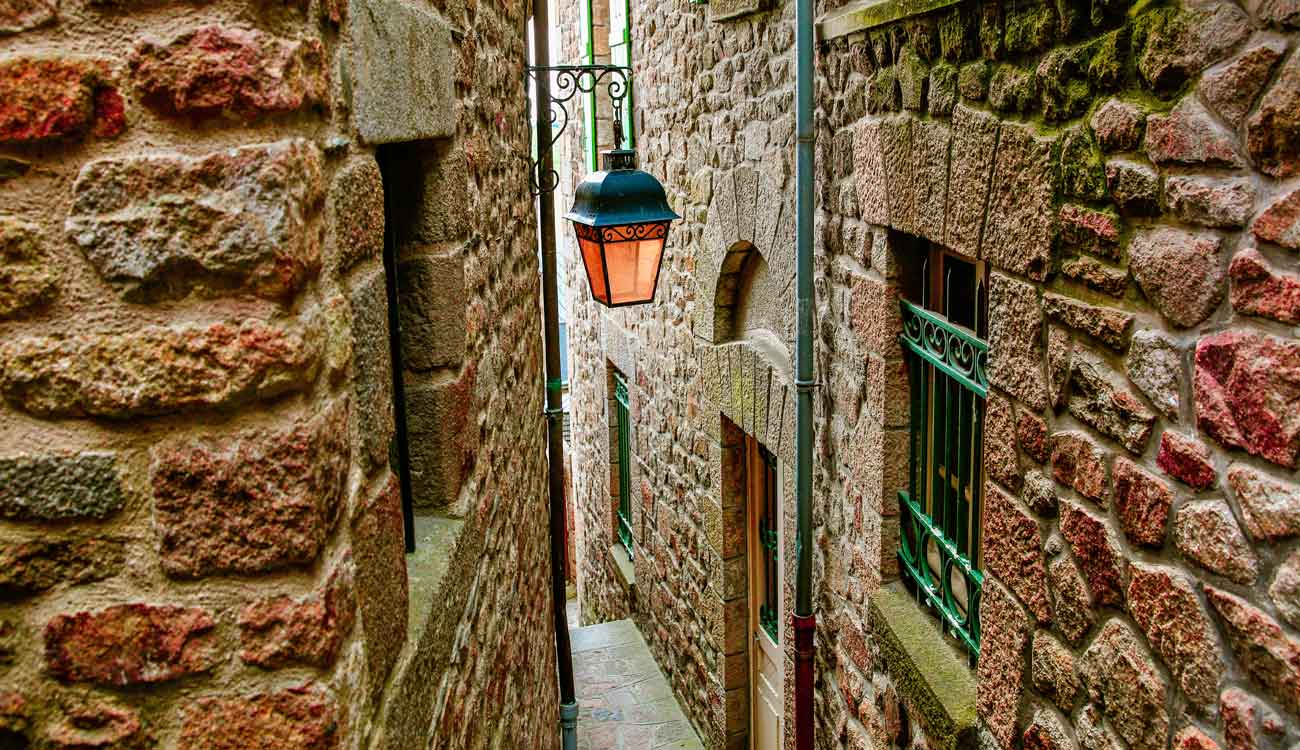
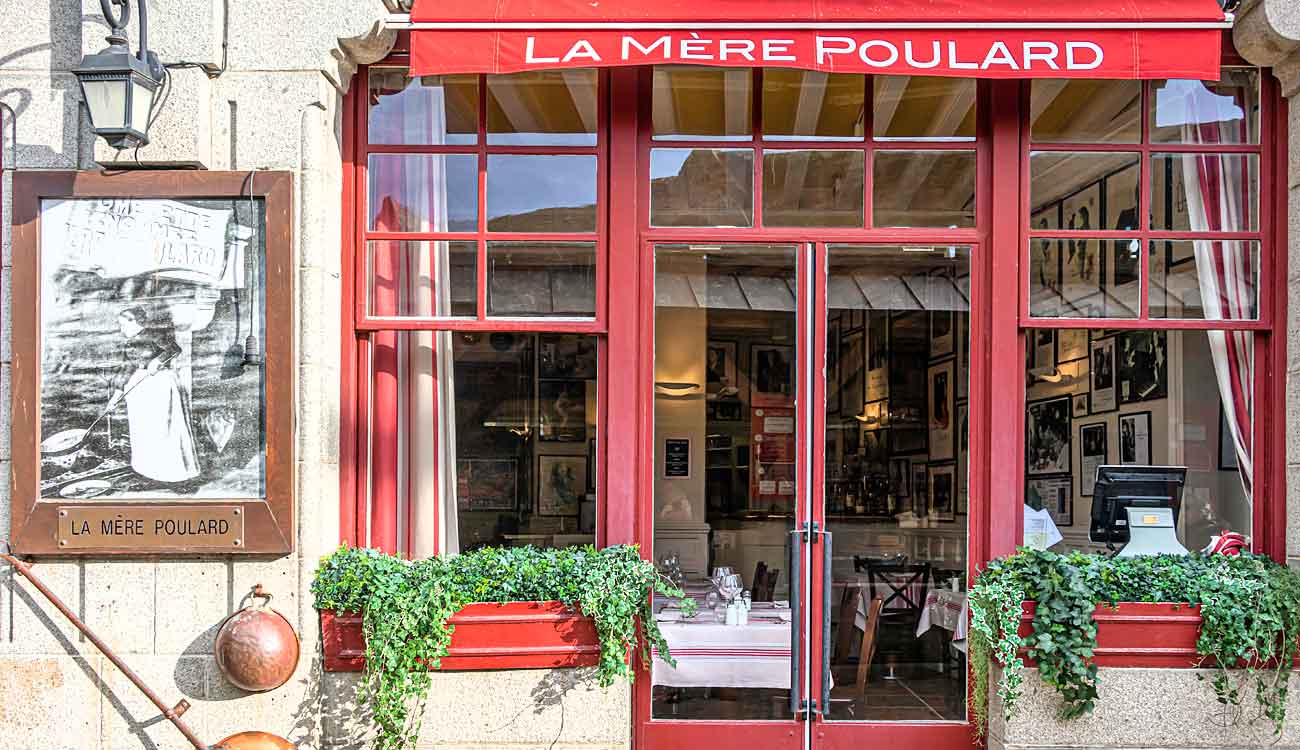
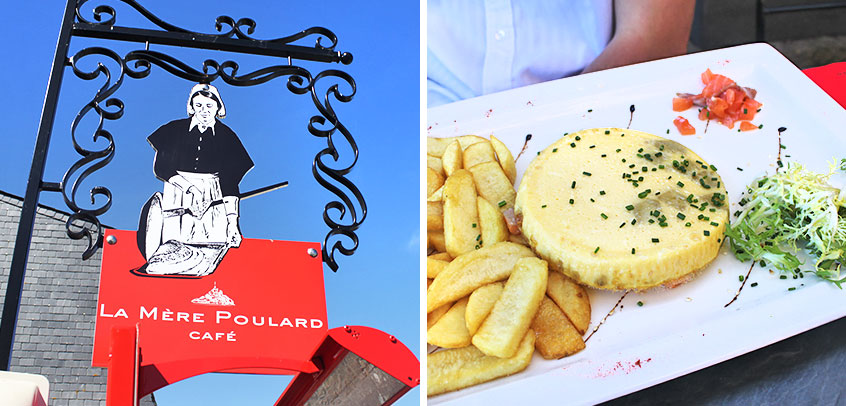
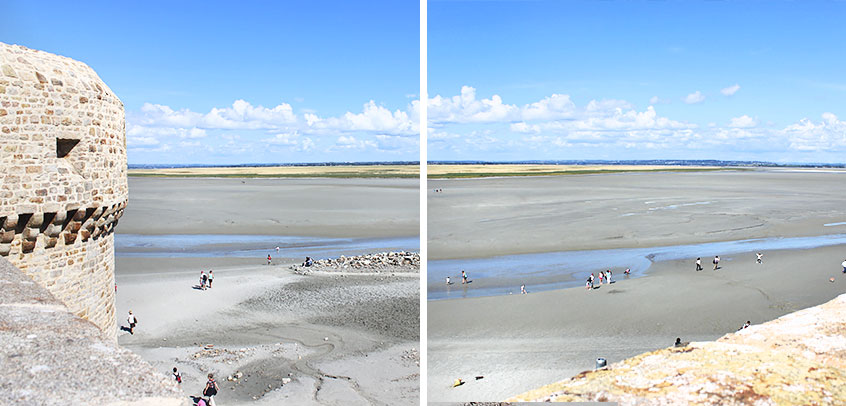

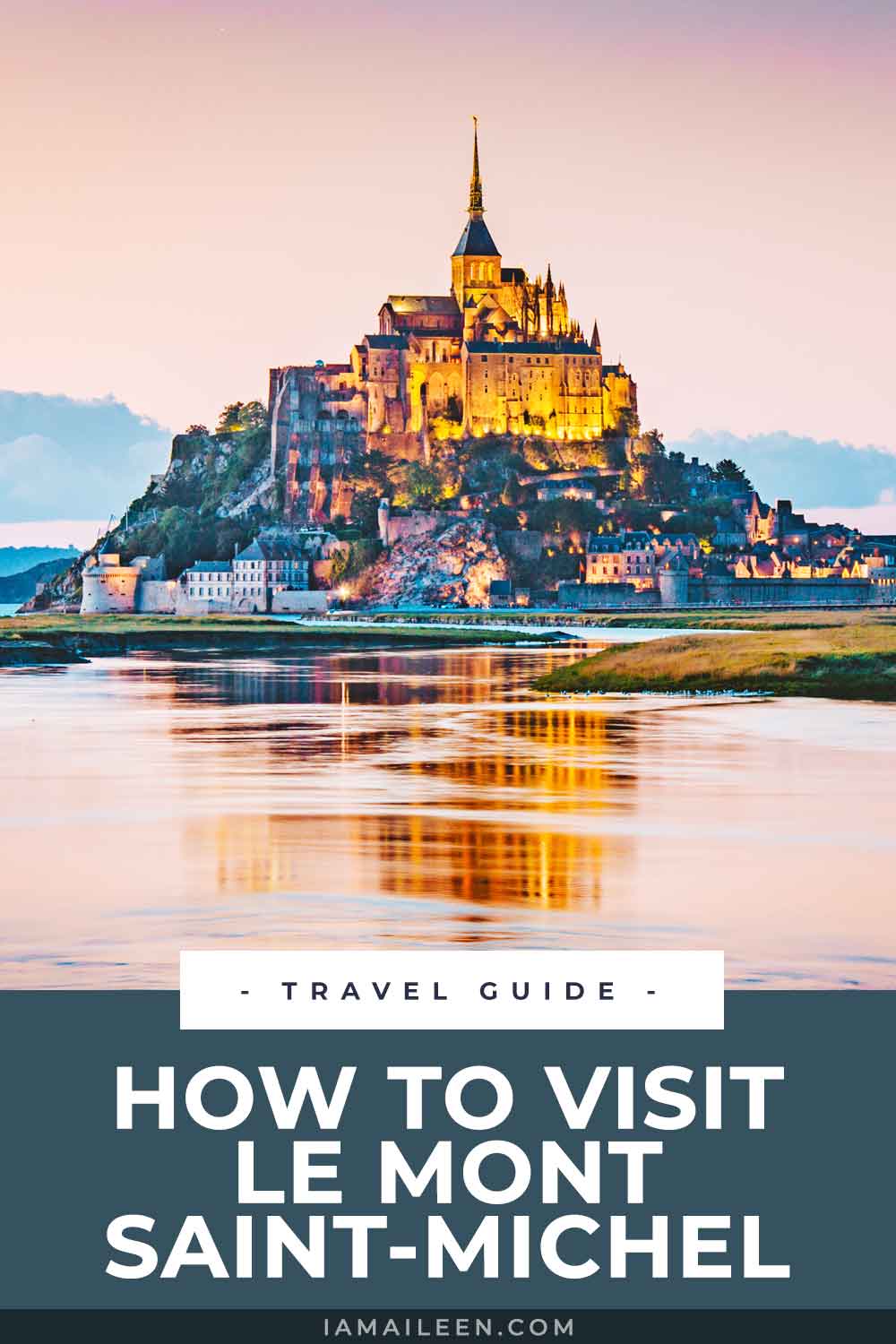


Hi Aileen! Your site was actually referred to me by a friend’s friend friend haha! Kinda long connection. I’ve been hearing so much about Mont Saint Michel since my exchange student trip last 2010 in Lille and now that I’m going to Normandy this time, I cannot wait to get here! Love the history and never knew that it was the inspiration for Tangled. And about that low tide and high tide phenomena there. Thanks for this post!
Haha, I’m just ultimately glad that they referred you to my site :D I’m very happy as well to have introduced more of Le Mont Saint Michel’s history to you. Enjoy your trip to Normandy! I bet you’ll love it!
Stunning photos! This is extraordinary place to see. I did not know anything but now I know another place to go in France. Thank you for sharing this. Cheers.
Glad to have made this amazing place known to you :) You’re welcome! Happy travels!
Isn’t it gorgeous? I felt it had a kind of magical quality about it!
It really is, no doubt about that! :D
Aileen! I’m binge reading your blog. I can’t get enough of this post. That place looks magical. I’m so glad I found your blog site. More blessings to you. Keep it coming. :)
Haha thanks Alester! I’m glad to see you back here and I’m even more glad that you’re one of my readers. Cheers!
Wow this place looks beautiful, I’d love to visit :)
I hope you could! It was really magical :)